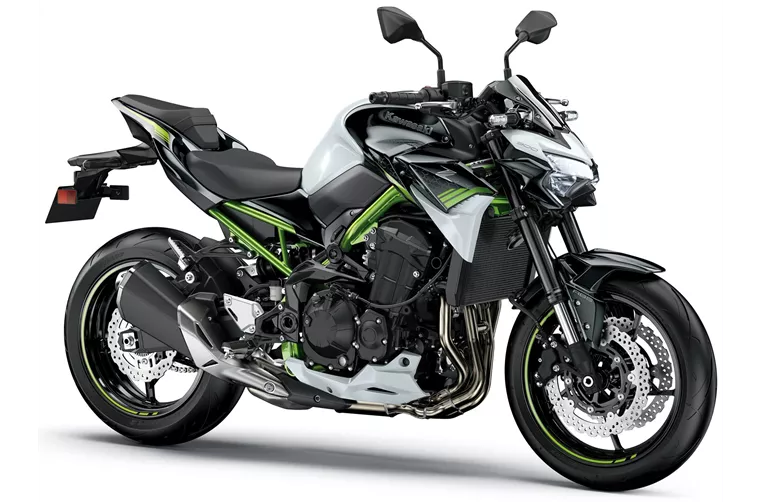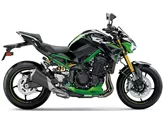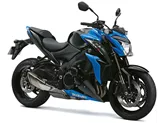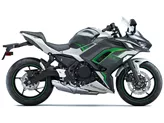Kawasaki Z1000 2014 vs. Kawasaki Z900 2020

Kawasaki Z1000 2014
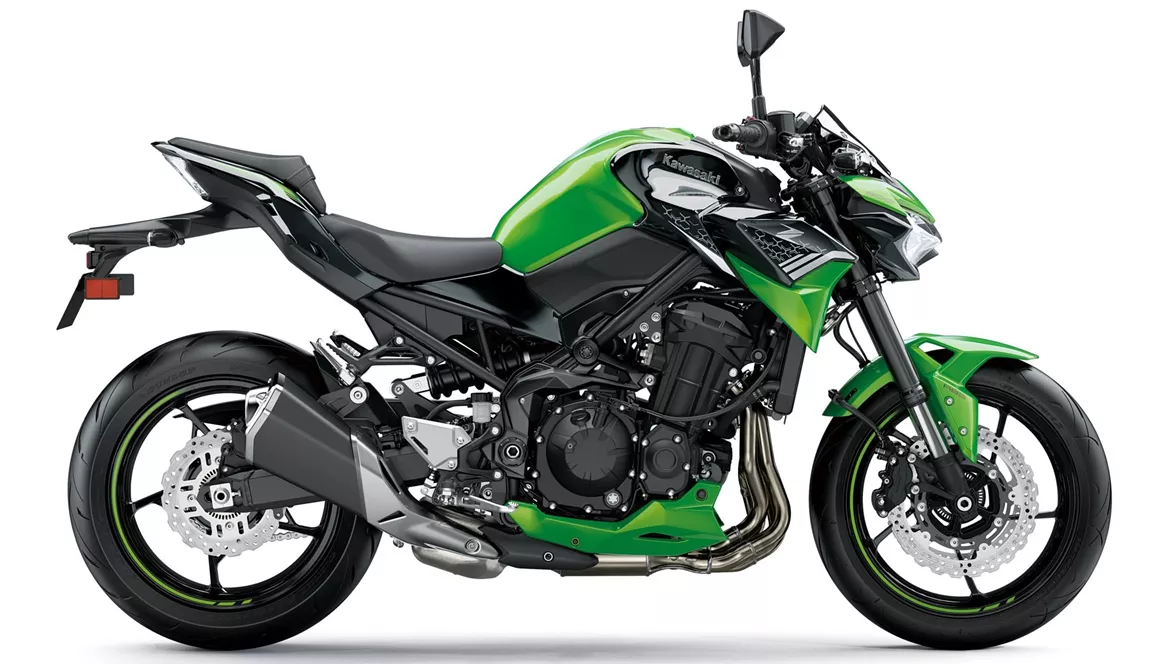
Kawasaki Z900 2020
Overview - Kawasaki Z1000 2014 vs Kawasaki Z900 2020
The Kawasaki Z1000 model year 2014 and the Kawasaki Z900 model year 2020 are both naked bikes that offer powerful performance and stylish designs. However, there are some notable differences between the two models.
In terms of engine specifications, the Kawasaki Z1000 2014 is equipped with an in-line four-cylinder engine that delivers 142 horsepower and 111 Nm of torque. On the other hand, the Kawasaki Z900 2020 also features an in-line four-cylinder engine, but with slightly lower power output at 125.4 horsepower and 98.6 Nm of torque. Despite the lower power, the Z900 still offers a strong performance that is suitable for both city riding and highway cruising.
Both bikes have liquid cooling systems to ensure optimal engine temperature, and they both have four cylinders. This configuration provides smooth power delivery and a balanced performance.
In terms of suspension, both models feature upside-down telescopic forks at the front. However, the Z1000 2014 offers more adjustability with compression, preload, and rebound adjustments, while the Z900 2020 only has preload and rebound adjustments. This means that the Z1000 allows for more fine-tuning of the suspension to suit different riding preferences.

Kawasaki Z1000 2014
In terms of chassis, the Z1000 2014 features an aluminum frame, while the Z900 2020 has a steel frame. Aluminum frames are known for their lightweight and rigid characteristics, which contribute to better handling and agility. However, steel frames are also durable and provide a stable platform for the bike.
Both models have double disk brakes at the front with four pistons, providing strong stopping power. The Z1000 2014 features radial and petal technology, which enhances the braking performance and heat dissipation. The Z900 2020, on the other hand, only has petal technology.
In terms of tire dimensions, both models have a front tire width of 120 mm and a diameter of 17 inches. However, the Z1000 2014 has a wider rear tire with a width of 190 mm, while the Z900 2020 has a slightly narrower rear tire with a width of 180 mm. The wheelbase of the Z1000 2014 is 1435 mm, while the Z900 2020 has a slightly longer wheelbase of 1450 mm.
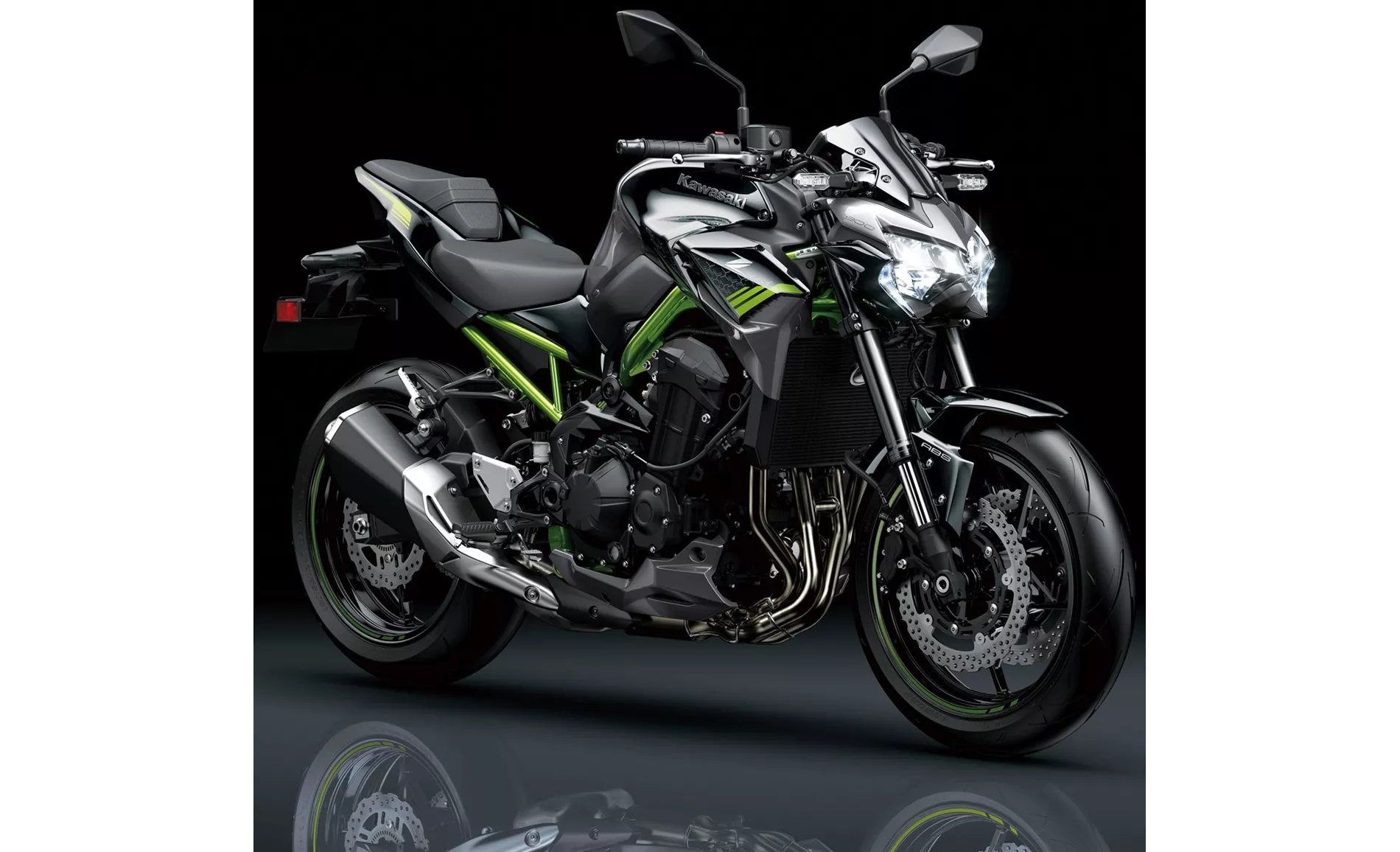
Kawasaki Z900 2020
The seat height of the Z1000 2014 is 815 mm, while the Z900 2020 has a slightly lower seat height of 795 mm. This can be an important factor for riders with shorter inseams or those who prefer a lower riding position.
In terms of strengths, the Z1000 2014 is praised for its sophisticated design, pleasant handling, pleasant sound, and good brakes. The Z900 2020, on the other hand, is commended for its powerful four-cylinder engine, great handling, good equipment, aggressive looks, and value for money.
As for weaknesses, the Z1000 2014 is criticized for its high purchase price compared to the S1000R. On the other hand, the Z900 2020 is noted for its somewhat tiring menu navigation and the absence of a quickshifter option.
Overall, both the Kawasaki Z1000 2014 and the Kawasaki Z900 2020 are impressive naked bikes that offer a thrilling riding experience. While the Z1000 2014 may have a more powerful engine and additional suspension adjustments, the Z900 2020 offers great value for money with its strong performance and stylish design.
Technical Specifications Kawasaki Z1000 2014 compared to Kawasaki Z900 2020
Pros and Cons in comparison
Pros and Cons in comparison
Kawasaki Z1000 2014

The Kawasaki Z1000 (2014) is a statement against the electronic trend of its time - and that is exactly what makes it special today. Its characterful four-cylinder engine, mechanical directness and uncompromising focus on the essentials strike a chord in a time when many bikes have become rolling computers. Yes, it does without modern Advanced Rider Assistance Systems and perfect wind protection. But it offers an authentic naked bike riding experience, paired with Japanese reliability and reasonable maintenance costs. The Z1000 is not a bike for data sheet junkies or electronics fans - it is a bike for people who still want to make their own decisions when rider. An honest bike with character that continues to inspire even after years and more than fulfils its role as an emotional alternative to the digital modern age.
Kawasaki Z900 2020
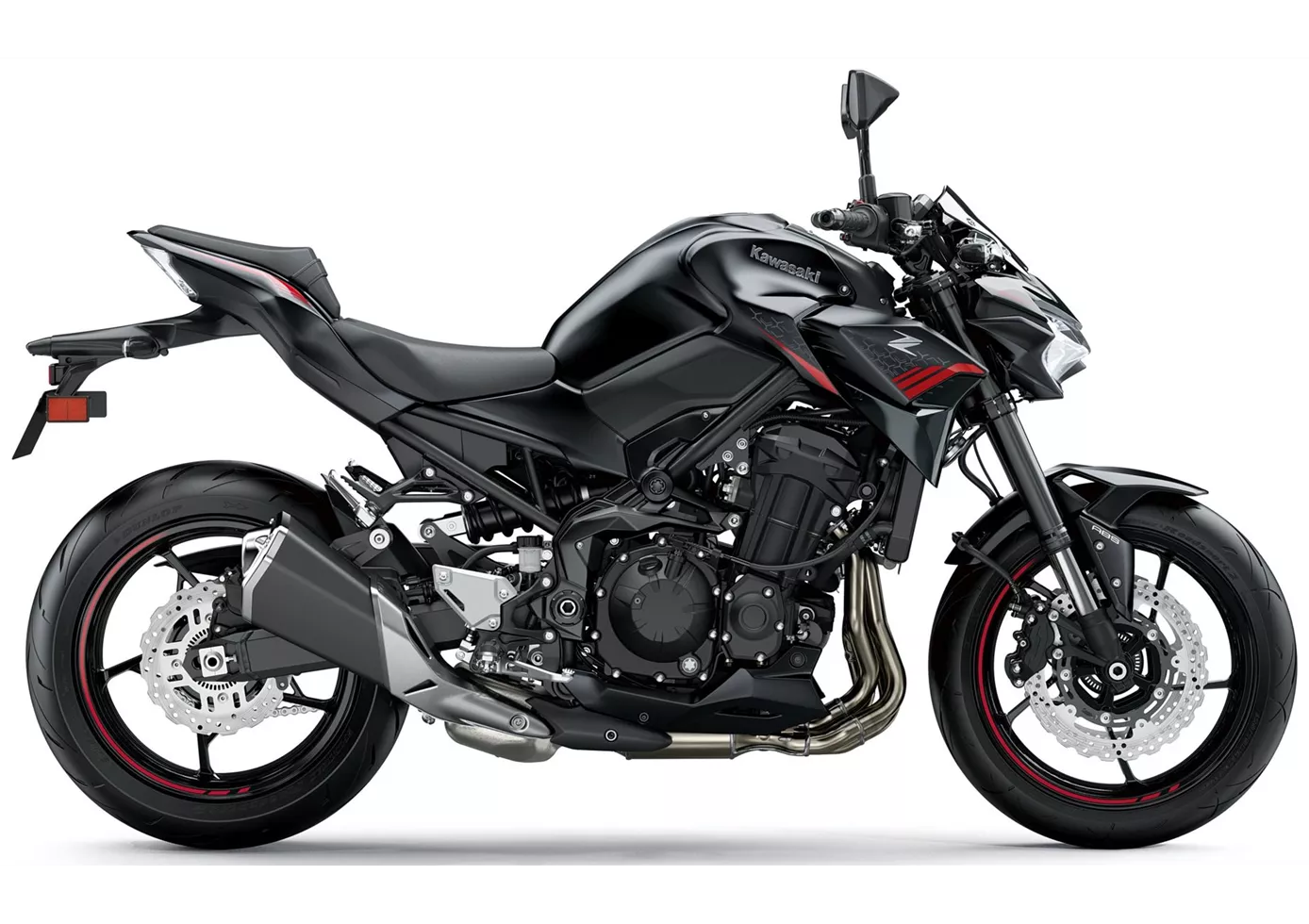
In terms of price-performance, the Kawasaki Z900 is hard to beat at the moment. With the perfectly tuned engine, the high-quality chassis components and the electronics added for 2020, this naked bike offers everything that sporty riders will be looking for. There is really nothing to complain about, even if the option of a quickshifter would have been a nice extra. Apart from that: great shot, Kawasaki!
Price Comparison Avarage Market Price Kawasaki Z1000 vs Kawasaki Z900
There are a few key differences between a Kawasaki Z1000 2014 and a Kawasaki Z900 2020. In terms of price, the actual average price of a Kawasaki Z1000 2014 is about 4% higher. Compared to Kawasaki Z900 2020 there are less Kawasaki Z1000 2014 bikes available on the 1000PS.de Marketplace, specifically 12 compared to 34. It takes less time to sell a Kawasaki Z1000 with 75 days compared to 124 days for a Kawasaki Z900. Since model year 2005 1000PS.de editors have written 41 reviews for the Kawasaki Z1000 and 46 reviews for the Kawasaki Z900 since model year 2017. The first review for the Kawasaki Z1000 was published on 02/09/2002 and now has more than 5,800 views. This compares to more than 93,200 views for the first review on Kawasaki Z900 published on 11/11/2016.

